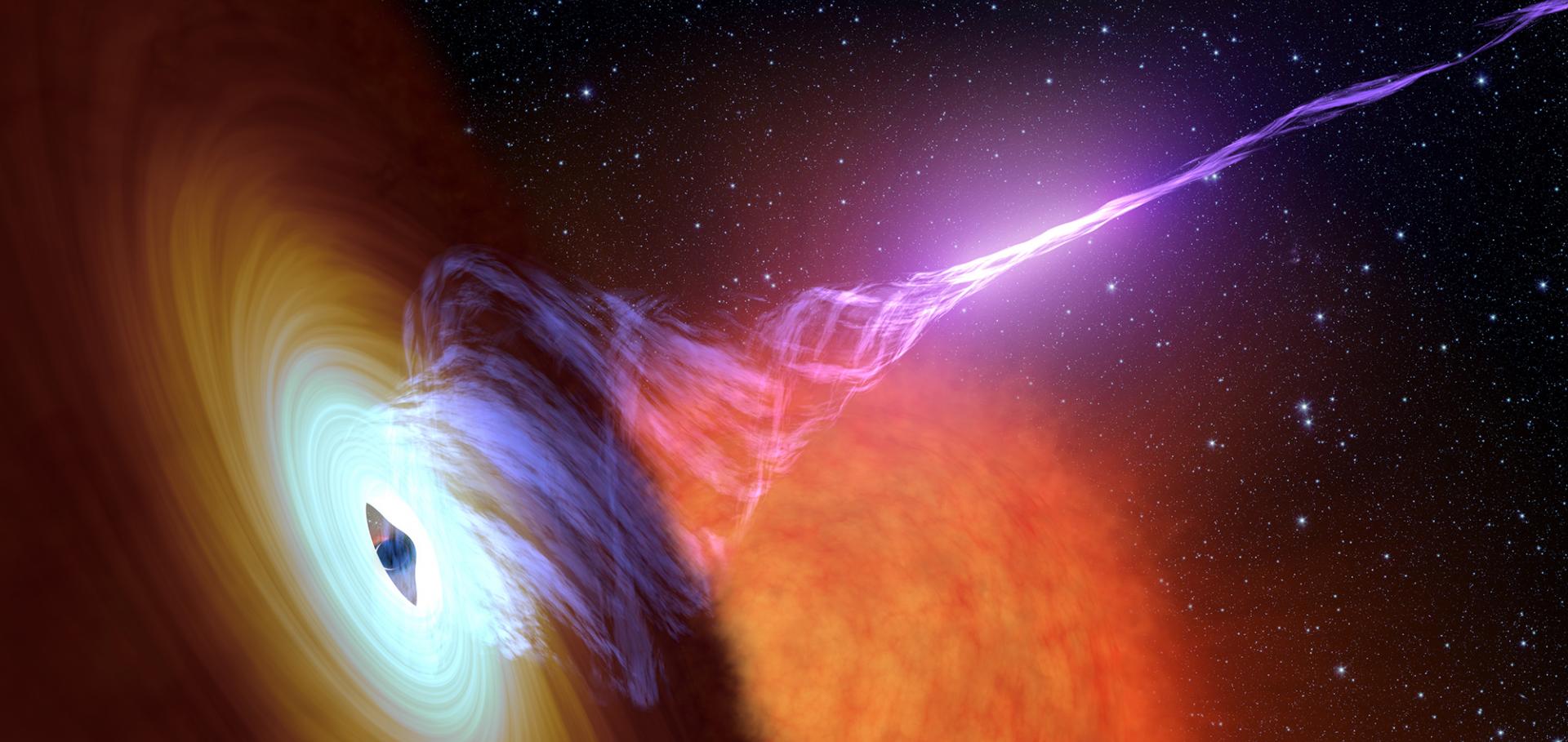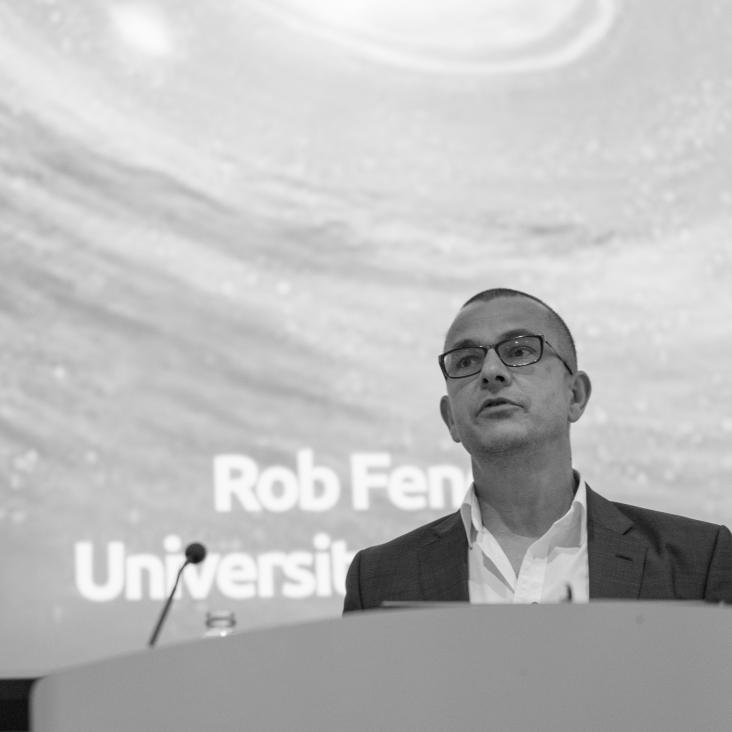SAX J1810.8-2609: An Outbursting Neutron Star X-ray Binary with Persistent Spatially Coincident Radio Emission
(2023)
SAX J1810.8−2609: an outbursting neutron star X-ray binary with persistent spatially coincident radio emission
Monthly Notices of the Royal Astronomical Society Oxford University Press (OUP) 527:3 (2023) 9359-9377
Fast infrared winds during the radio-loud and X-ray obscured stages of the black hole transient GRS 1915+105
(2023)
FRB 20210405I: a nearby Fast Radio Burst localized to sub-arcsecond precision with MeerKAT
Monthly Notices of the Royal Astronomical Society Oxford University Press (OUP) 527:2 (2023) 3659-3673


